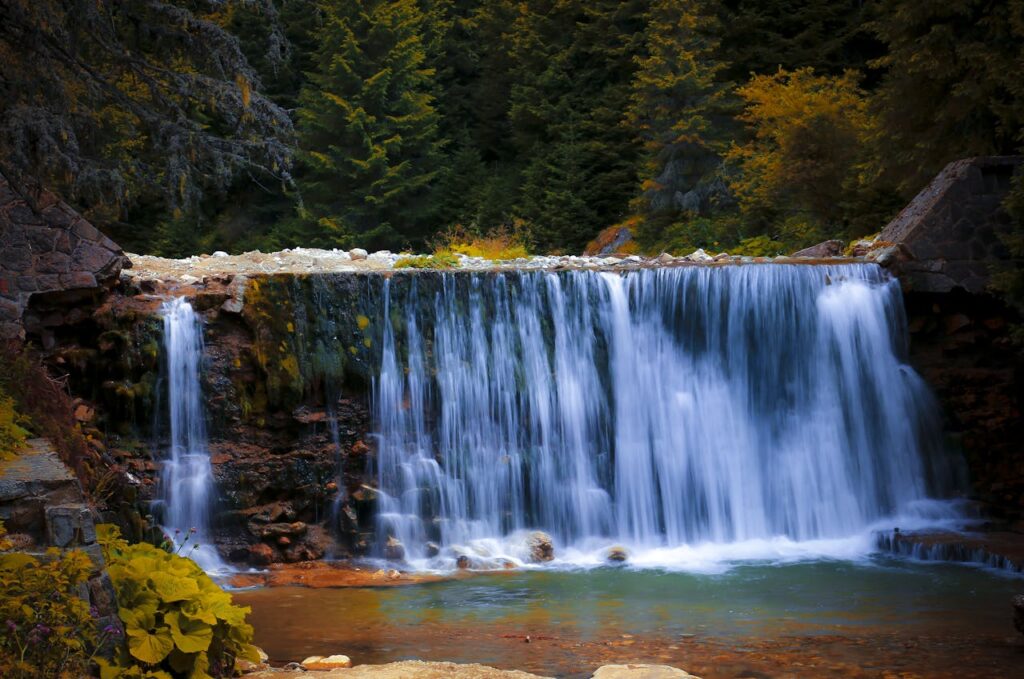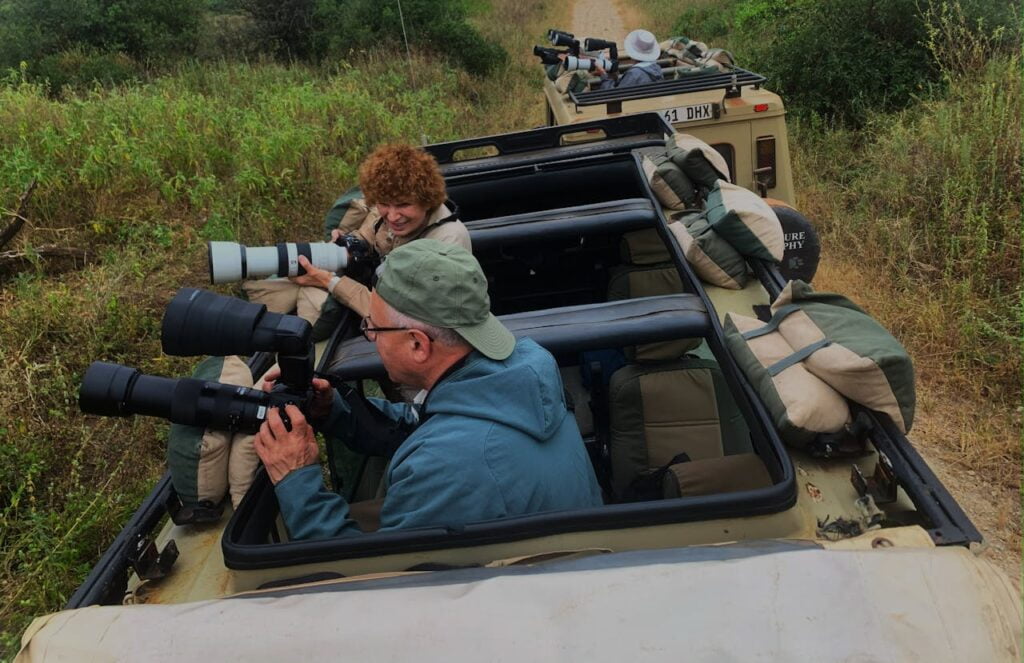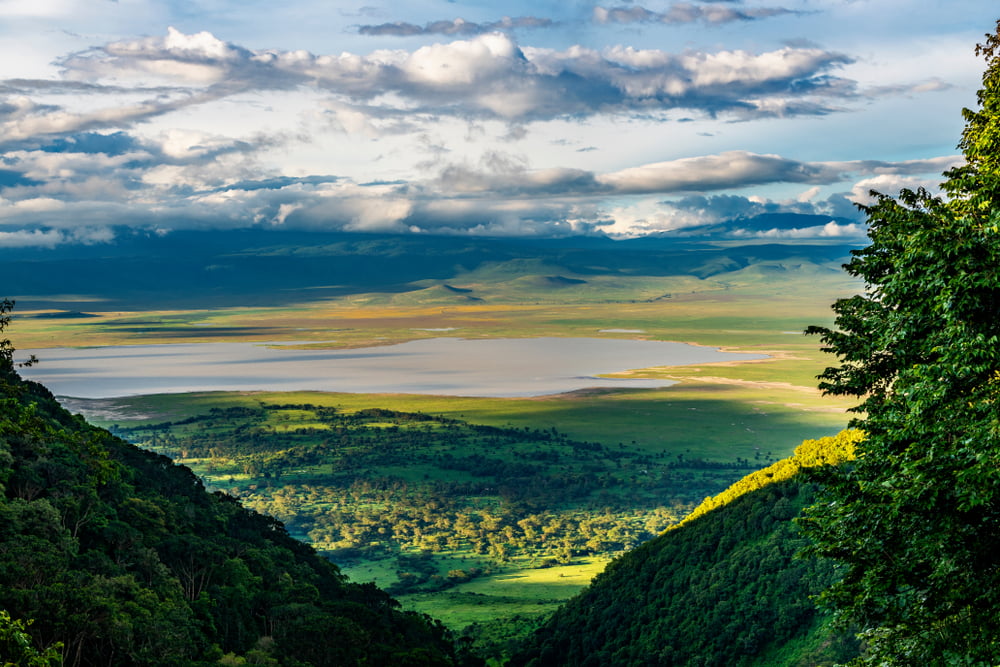Exploring Tanzania by Train: Scenic Routes and Experiences.
While Tanzania is synonymous with epic jeep safaris, a hidden gem exists for those seeking a more relaxed and scenic exploration – train travel. Tanzania boasts a historic railway network offering a unique perspective on the country’s diverse landscapes and a glimpse into a slower pace of life. A Journey Through Time: The Tazara Railway The crown jewel of Tanzanian train travel is the Tazara Railway. Nicknamed the “Iron Snake,” this engineering marvel stretches over 1,800 kilometers, connecting Dar es Salaam on the coast to Kapiri Mposhi in Zambia. Constructed in the 1970s, the Tazara Railway offers a journey back in time. Imagine traversing vast savannas, witnessing local villages come alive as the train passes by, and soaking in the breathtaking scenery from a comfortable vantage point. Nature’s Majesty Unfolds: The Tazara Railway snakes its way through a diverse tapestry of landscapes. Witness the sprawling expanse of the Selous Game Reserve, the largest wildlife reserve in Africa. Glide past the majestic Usambara Mountains, a haven for unique flora and fauna. Keep an eye out for elephants grazing in the distance or playful monkeys swinging through the trees. The train journey allows you to appreciate the beauty of Tanzania at a relaxed pace, perfect for capturing envy-inducing travel photos. Beyond the Scenery: A Cultural Encounter Train travel in Tanzania is more than just a scenic adventure; it’s a cultural immersion. Strike up conversations with fellow passengers, vendors at local stations, and the friendly train staff. Learn about Tanzanian life, customs, and traditions through these interactions. Savor the delicious local cuisine offered by onboard vendors, a true taste of Tanzanian flavors. An Adventure for Budget Travelers: Train travel in Tanzania is a budget-friendly way to explore the country. Compared to flying or private safaris, train fares are significantly lower, allowing you to stretch your travel budget further. The slower pace also means less accommodation hopping, leading to additional savings. Travel with Future African Safari, and have an adventure. Book With Us Planning Your Rail Adventure: While Tanzania’s train network isn’t as extensive as some countries, there are various routes offering unique experiences. The iconic Tazara Railway offers multi-day journeys, while shorter routes connect major cities like Dar es Salaam and Morogoro. Be prepared for potential delays, a common aspect of train travel in Tanzania, and embrace the experience as part of the adventure. A Unique Perspective on Tanzania: For the adventurous traveler seeking an alternative way to explore Tanzania, train travel offers a unique and unforgettable experience. Trade the bumpy jeep rides for a comfortable train seat, soak in the breathtaking scenery, and connect with the Tanzanian culture in a way that’s simply not possible from a speeding car. So, for your next Tanzanian adventure, consider exploring the country by train and discover a slower, more immersive way to experience the magic of this East African nation.
Exploring Tanzania by Train: Scenic Routes and Experiences. Read More »











